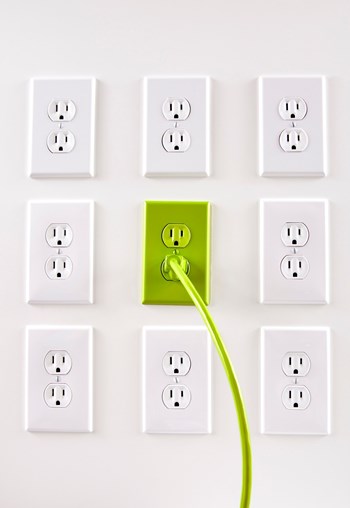
So you’ve just moved into your new condo and you want to hit the ground running in terms of energy and water conservation.
But you’re realizing that it’s not quite as simple as when you owned a single-family home. You’re now beholden to your fellow owners with respect to improvements that may affect common building elements, like removing siding to blow in insulation, and you can no longer make decisions relating to this as a “free-agent.” Now you have your condo board to answer to.
Fear not, there are still many ways that you can make improvements to your own unit, without affecting other owners or those shared building elements. Some of these are simple and inexpensive, others a bit more difficult, but rest assured that there are many improvements that you can make as soon as you take the condo keys.
Let’s begin with water conservation. Addinglow-flow shower heads and faucet aerators are in the low-hanging fruit category here. These improvements save energy as well as water by helping to reduce hot water use, in addition to cold water.
Repairing toilet and faucet leaks, especially in hot water faucets, can also net substantial savings. To get an idea of how much water a simple faucet drip wastes, check out this drip calculator at www.awwa.org/awwa/water wiser/dripcalc.cfm.
Use dye pellets or food coloring in toilet tanks to test for leaks, which often go undetected. Many regional and municipal water agencies, like the Massachusetts Water Resources Authority (www.mwra.com/ 04water/html/watsense.htm), are offering the dye pellets, aerators and shower heads to their customers at no cost.
By the way, on the subject of shower heads, avoid the multi-head varieties. They often skirt mandated maximum flow rate requirements, because those requirements apply to each individual head.
If you are contemplating a toilet upgrade, consider a dual-flush unit. These units provide two different flush volumes—one for solid waste and lower volume flush for liquid waste. You’ll pay a 50% to 100% premium over standard toilets, but given the water and sewer rates in some areas, they can pay for themselves in as little as a few years. Look for units with the EPA’s WaterSense rating (www.epa.gov/watersense).
If the previous owner left you with a dishwasher, washing machine or other appliance that’s ready for retirement, you should favor replacement units with an Energy Star rating (www.energystar.gov) but be sure to check for rebate and incentive programs here and with your local utilities.
In the case of the new replacement dishwashers and washing machines, they save both energy and water, and often require less detergent. For washing machines, the front loaders are usually the best performers. Be sure to set the temperature dial to cold, by the way.
Most modern detergents work perfectlywell in cold water and the lion’s share of the energy use attributable to washing clothes is found in the hot water typically used. The energy used for agitation and spinning is but a fraction of that energy.
Yet another way to save energy and water associated with hot water is to installa hot water demand pump. These help to deliver hot water more quickly to faucets and shower heads at the ends of long piping runs, helping you to avoid the typical scenario of turning on the hot water tap or shower and then turning your attention to something else while waiting for the hot water to arrive.
In this scenario, without the pump, you may return to that welcoming, billowing cloud of steam rising from your sink or tub, but you’re also needlessly sending water and energy down the drain.
Remember, the sooner you get started —and there are plenty of easy places to begin—the sooner you begin to save money and reduce your carbon footprint. Address these areas first, before you commit time and energy to trying to influence your condo board to start community-wide greening.






Leave a Comment